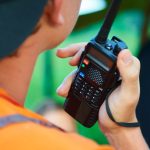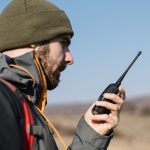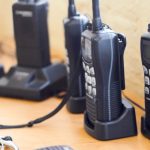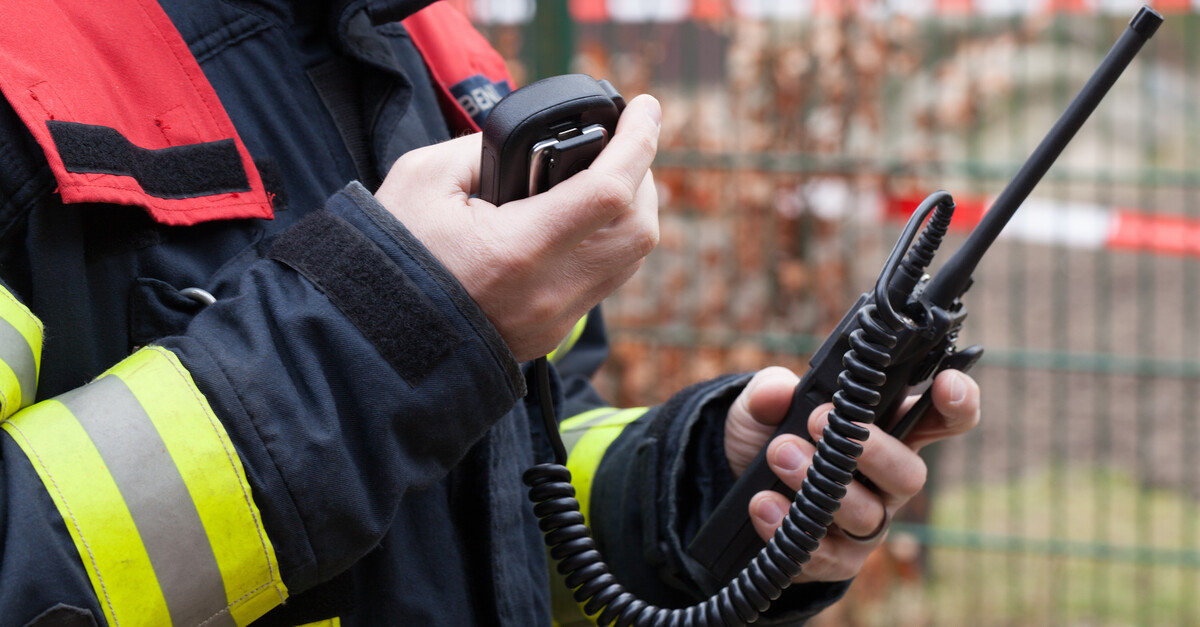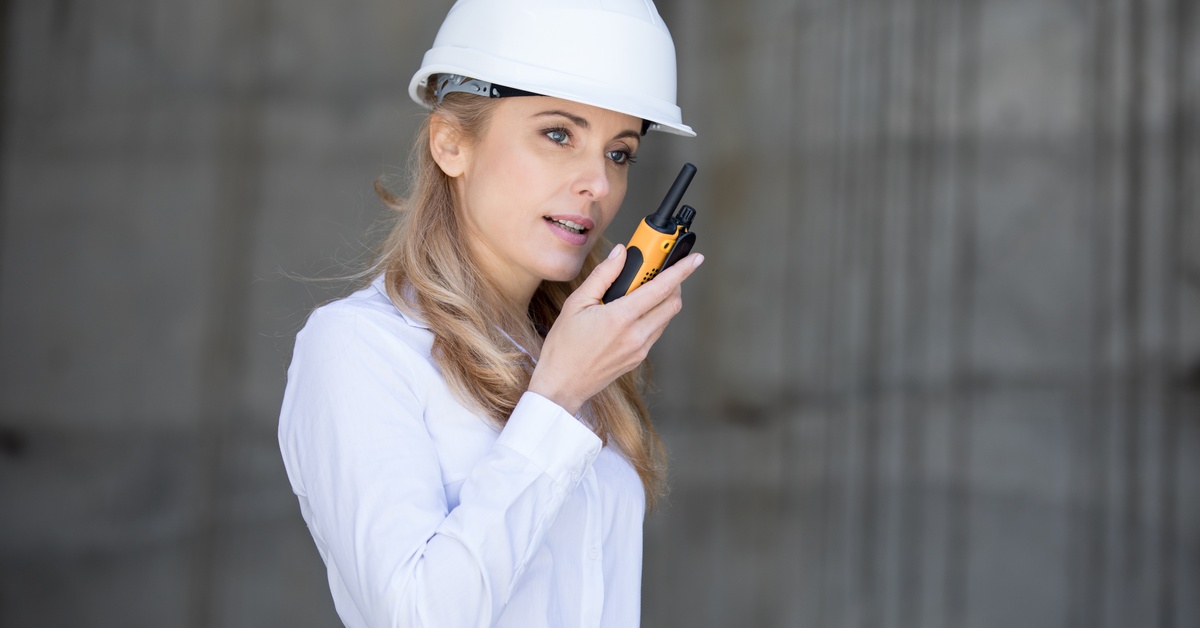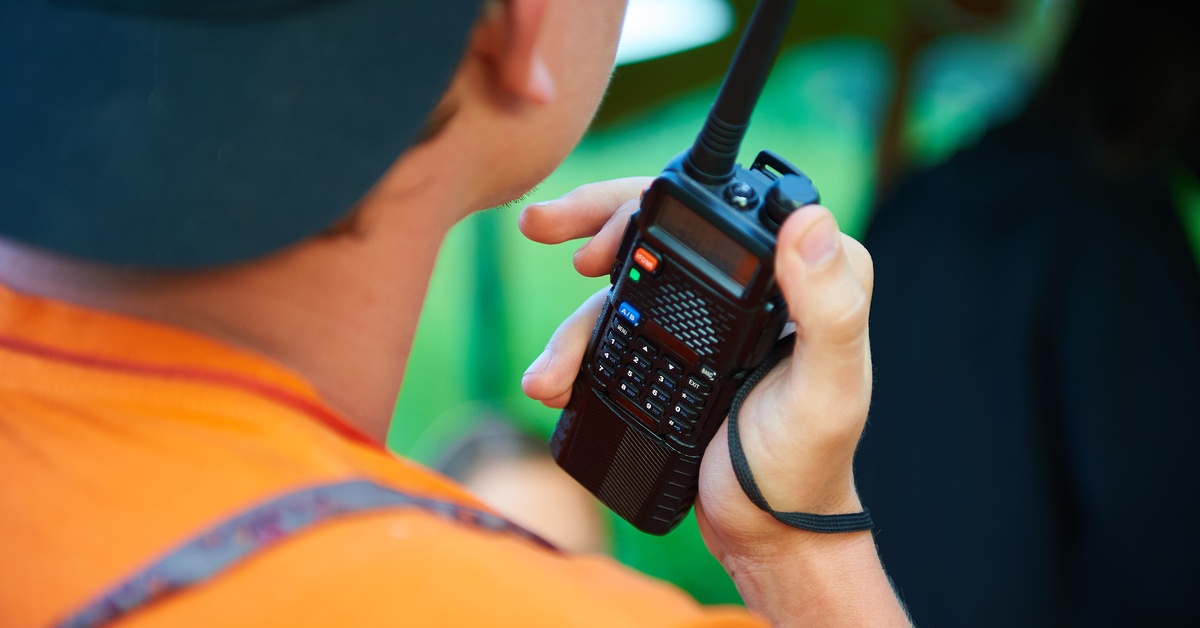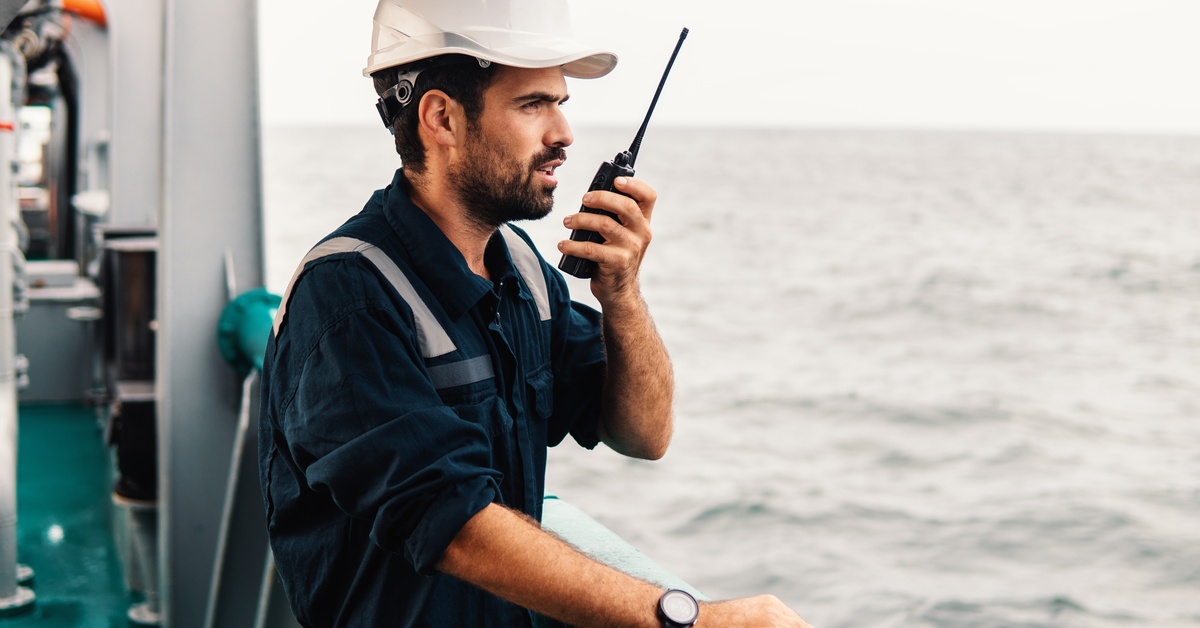Two-way radios are lifelines for professionals in industries like construction, security, emergency responses, and outdoor adventure. These devices provide instant communication, helping teams stay connected in real time no matter how remote or congested their location. However, when a radio battery dies right when it’s needed most, it can be a real problem.
To help you stay connected, we’ll discuss what to do when your two-way radio battery dies in the field, offering immediate actions as well as long-term solutions to avoid disruptions.
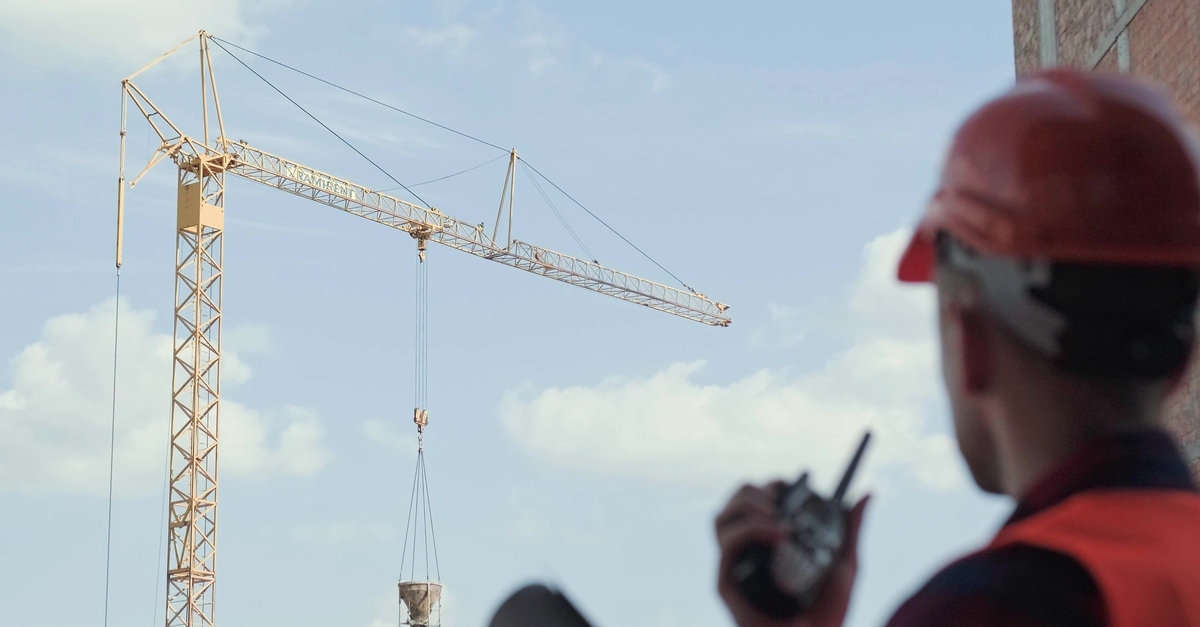
When Are Two-Way Radios Vital?
Two-way radios are used in many situations. For those who operate them, these radios offer the ability to communicate and stay safe. Here’s where they come in most handy:
- Emergency response scenarios: In critical situations where timing and coordination are crucial, such as search and rescue operations or during natural disasters, reliable communication is essential for the safety and efficiency of responders.
- Construction sites: With noise from heavy machinery and vast areas to cover, two-way radios enable instant communication between various construction teams, facilitating seamless project management and enhancing site safety.
- Event security: Managing large crowds at concerts, festivals, or sporting events requires clear, immediate communication among security personnel to uphold the safety of attendees and respond quickly to incidents.
- Outdoor expeditions: During activities like hiking, camping, or mountaineering in remote locations, two-way radios provide a reliable means of communication where cellular signals may be limited or nonexistent, ensuring the safety and coordination of the group.
- Logistics and transport: Warehouse managers and transport coordinators depend on two-way radios to oversee operations, manage inventory, and maintain timely deliveries, keeping the supply chain running smoothly.
Anyone working in these areas knows the importance of communication. However, keeping radios running can be a whole different story.
Why Two-Way Radio Batteries Drain in the Field
If your battery has cut out unexpectedly, it may not be by chance. The cause is often preventable. Here are some of the most common reasons two-way radio batteries drain quickly in the field:
- Excessive transmitting time: Two-way radios consume the most power when transmitting. Long conversations or frequent use of the “push-to-talk” feature can deplete the battery much faster than anticipated.
- Forgotten charging cycles: We all have busy days, and forgetting to give your radio a full charge happens more often than you think. Starting the day with a partially charged battery is one of the leading causes of interruptions.
- Cold weather conditions: If you’re working in extreme environments, like cold outdoor settings, your battery may drain faster due to temperature sensitivity. Most batteries lose efficiency at subzero temperatures.
- Old or worn batteries: Rechargeable batteries degrade over time. If you’ve been using the same battery for years without replacing it, its capacity may have reduced.
- Using non-genuine batteries: Knockoff or incompatible batteries might seem like a cost-saving solution, but they tend to have shorter lifespans and poor reliability.
By understanding why batteries drain, you’ll be better equipped to prevent disruptions in the future.
What To Do When Your Two-Way Radio Battery Dies
When your two-way radio dies in the field, staying calm and taking immediate action is crucial. Here’s a step-by-step guide to managing the downtime.
1. Switch To Backup Batteries
Always carry a fully charged spare battery in your kit. If your organization frequently operates in the field, packing backups should become standard practice. Swap the dead battery with a fresh one, and you’re good to go.
2. Leverage Communication Alternatives
If you don’t have spare batteries, use a secondary form of communication, like your smartphone or a satellite communicator. While these tools aren’t as instantaneous as two-way radios, they can provide a temporary lifeline.
3. Inform Your Team Immediately
Use alternative tools or proximity to alert your team that your radio is temporarily out of service. Set a procedure for managing communication breakdowns, such as predefined hand signals or rendezvous points.
4. Stay Safe and Assess the Environment
If the radio outage leaves you vulnerable to hazards (e.g., isolated in a remote area), focus on maintaining safety first. Ensure you’re in a secure location and, if necessary, wait for backup to arrive.
Being prepared for emergencies means that even if your radio fails, you’ll remain connected, safe, and productive.
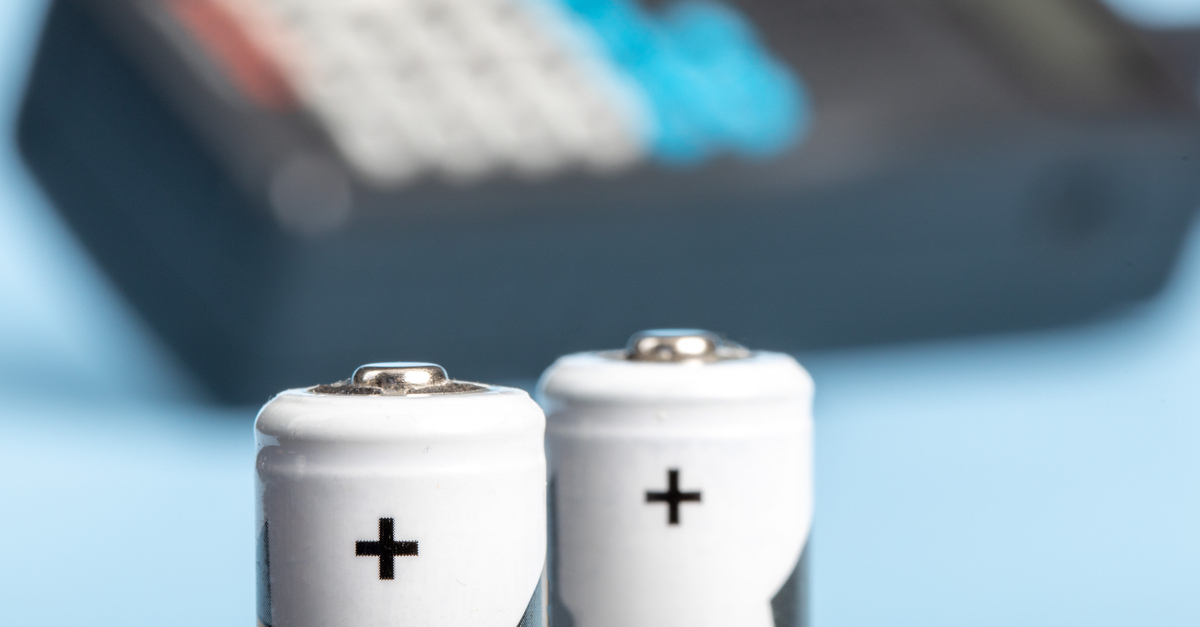
Proactive Battery Maintenance Tips
To avoid experiencing an unexpected battery drain in the future, follow these best practices to keep your two-way radio batteries in top condition.
Develop a Charging Routine
Check that batteries are fully charged at the beginning of each shift or trip. Use high-quality chargers that are compatible with your battery type to prevent overcharging or damaging the battery.
Store Batteries Properly
When not in use, store batteries in a cool, dry place to prevent degradation. Avoid leaving the batteries in extreme heat or cold, which can impact their performance.
Rotate Battery Usage
Alternate between multiple batteries for even aging. This practice prolongs battery life and minimizes the risk of sudden battery failures.
Inspect Batteries Regularly
Check for signs of wear and tear, such as leaks, corrosion, or bulging. Damaged battery should be replaced immediately to avoid performance issues (and safety hazards).
Invest in Battery Accessories
Tools like multi-bay chargers, portable power banks, and belt clips specifically designed for two-way radios can make managing batteries easier in the field.
With proper care, your batteries can last longer and perform reliably, even during long shifts and challenging conditions.
Why Quality Batteries Make a Difference
Not all batteries are created equal. Investing in high-quality, long-lasting batteries ensures your two-way radios won’t fail you when communication is crucial. Genuine branded batteries are designed specifically for your radio model, giving you better reliability, longer runtimes, and overall peace of mind.
Remember, when replacing batteries, prioritize quality over cost so your radios will remain operational when it matters most.
The Importance of Uninterrupted Communication
Two-way radios are essential tools for staying connected in the field, and understanding how to manage battery health is integral to their reliability. By taking the time to learn what to do when your two-way radio battery dies in the field, you can avoid unnecessary interruptions.
Don’t underestimate the importance of preparedness. A well-thought-out battery management plan can save lives, boost productivity, and keep your entire team connected. At Battery Distributors, we have all the latest brands so you’re stocked for the next outing into the field. With our Motorola CP200 lithium-ion battery, you’ll have the perfect solution for reliable long-range communication that won’t let you down!



